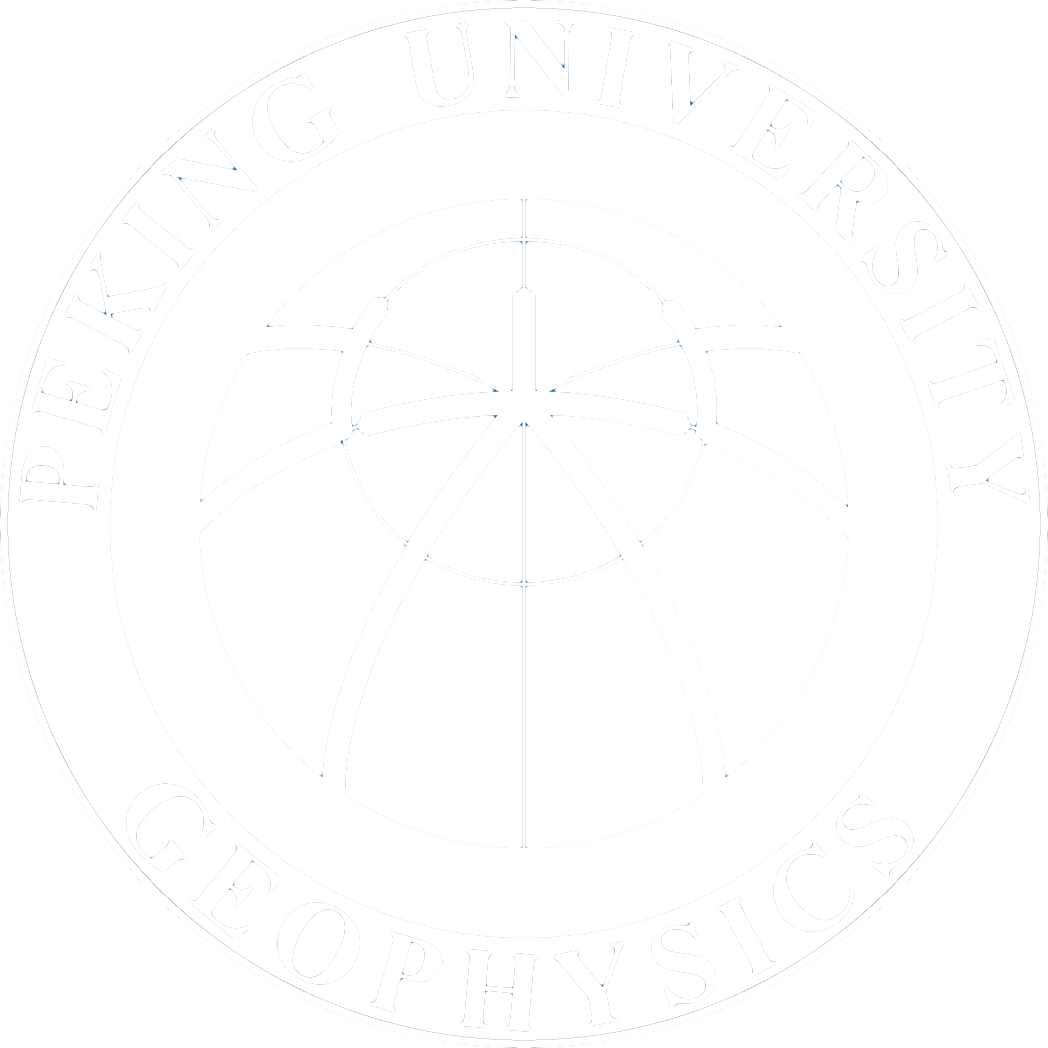Ning, Jieyuan
Interests are focused on the structures and physical properties of the earth’s interior and geodynamics. From a geodynamic point of view, explore the potentials of different geoscience data and methods for better constraining geodynamic questions. Then, study the mechanisms of various geoscience phenomena and evolution of the earth by theoretical analysis and numerical simulation. And, apply geodynamic researches to key engineering studies, e.g. exploration of natural energy and resources, construction of smart cities, road safety monitoring, and earthquake prediction.

By employing Virtual Deep Seismic Sounding and Receiver Function techniques, Prof. Ning’s research group found a thick mafic lower crust beneath an area of the Ordos Plateau, which is important for understanding continental evolution(Yu et al., EPSL, 2012).
Song, Xiaodong
Mainly interested in continental deformation and dynamics, inner core rotation and core dynamics, coupling of solid earth system, and temporal changes of geophysical observables and earthquake hazards and forecast.

Prof. Song and student Jiangtao Li found that the tearing structure of the Indian mantle lithosphere under southern Tibet, which could a unified mechanisms for some of the mysterious phenomena in the southern Tibet (surface rifting, volcanism in the high Tibetan plateau, segmented crustal deformation, intermediate-depth earthquakes, and clustered seismicity) (Li and Song 2018 PNAS).
Berndt, Thomas A.
Interested in the use of magnetic records in minerals that occur in terrestrial and extra-terrestrial materials and give insight into past planetary and geodynamo behavior. Simulation of the magnetic recording process of such minerals enables the reconstruction past magnetic field intensities, which in turn provides constraints to core formation processes.

Simulation of magnetic recording of rocks containing magnetite and titanomagnetite mineral mixtures (Berndt et al., 2017, Earth and Planetary Science Letters).
